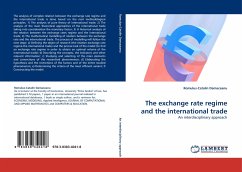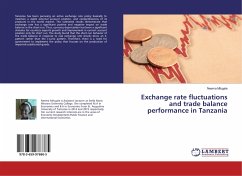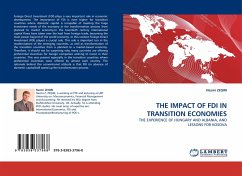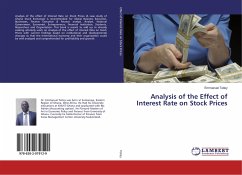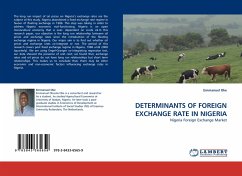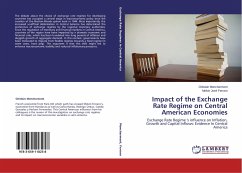
Impact of the Exchange Rate Regime on Central American Economies
Exchange Rate Regime 's influence on Inflation, Growth and Capital Inflows: Evidence In Central America
Versandkostenfrei!
Versandfertig in 6-10 Tagen
28,99 €
inkl. MwSt.

PAYBACK Punkte
14 °P sammeln!
The debate about the choice of exchange rate regimes for developing countries has occupied a central stage in macroeconomic policy since the creation of the Bretton-Woods system back in 1944. Most importantly, the increased unofficial dollarization in Central America has determined the preference of exchange regimes by the regional monetary authorities. Since the regulation of monetary and financial markets in Central America, countries of the region have been impacted by a dramatic economic and financial crisis, which has been translated into long periods of inflation and sluggish growth of a...
The debate about the choice of exchange rate regimes for developing countries has occupied a central stage in macroeconomic policy since the creation of the Bretton-Woods system back in 1944. Most importantly, the increased unofficial dollarization in Central America has determined the preference of exchange regimes by the regional monetary authorities. Since the regulation of monetary and financial markets in Central America, countries of the region have been impacted by a dramatic economic and financial crisis, which has been translated into long periods of inflation and sluggish growth of aggregate demand. In this context, governments have been motivated to migrate from flexible regimes towards a fixed regime (in some cases, hard peg). The argument is that this shift might led to enhance macroeconomic stability and reduced inflationary pressures.



